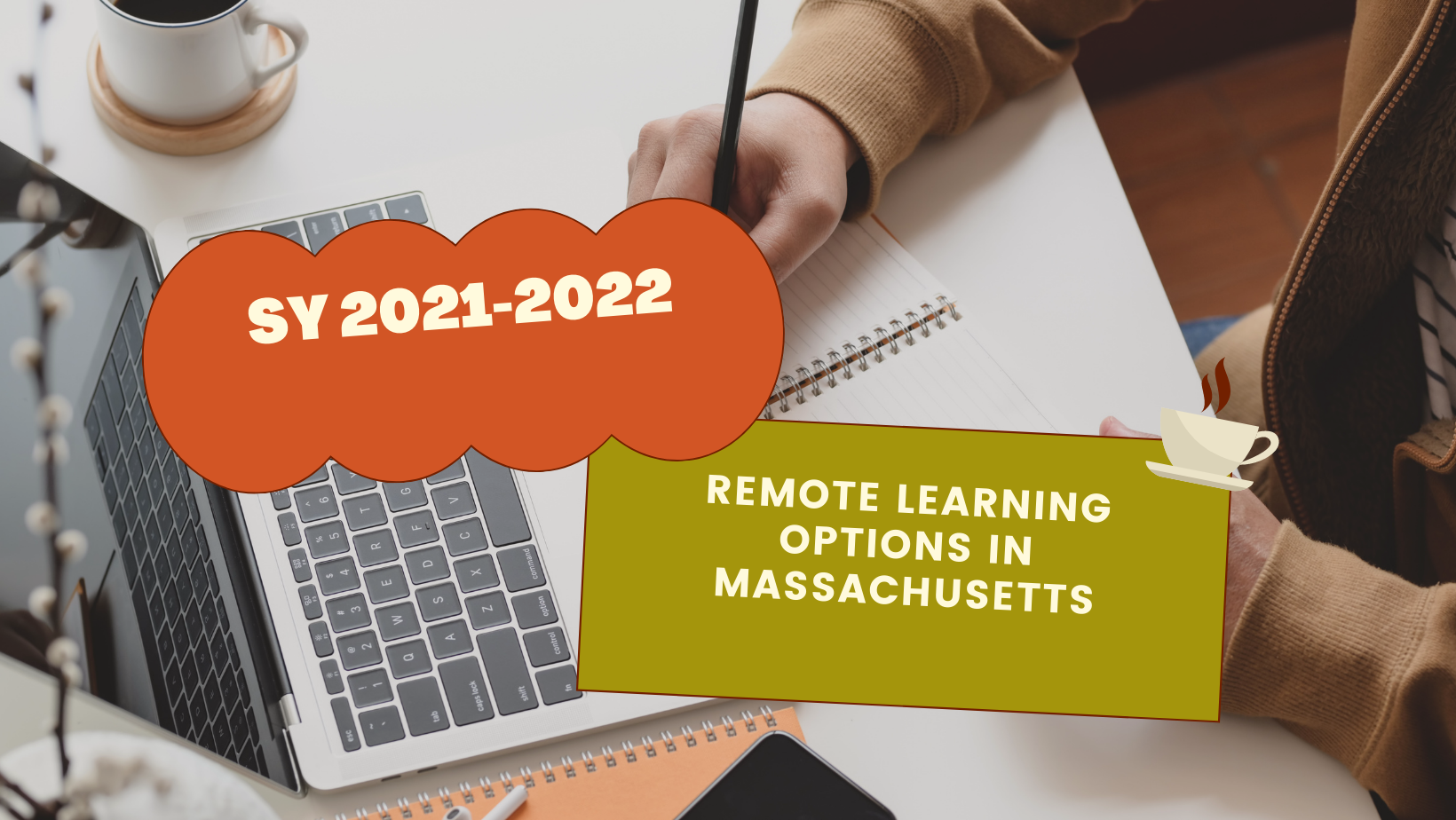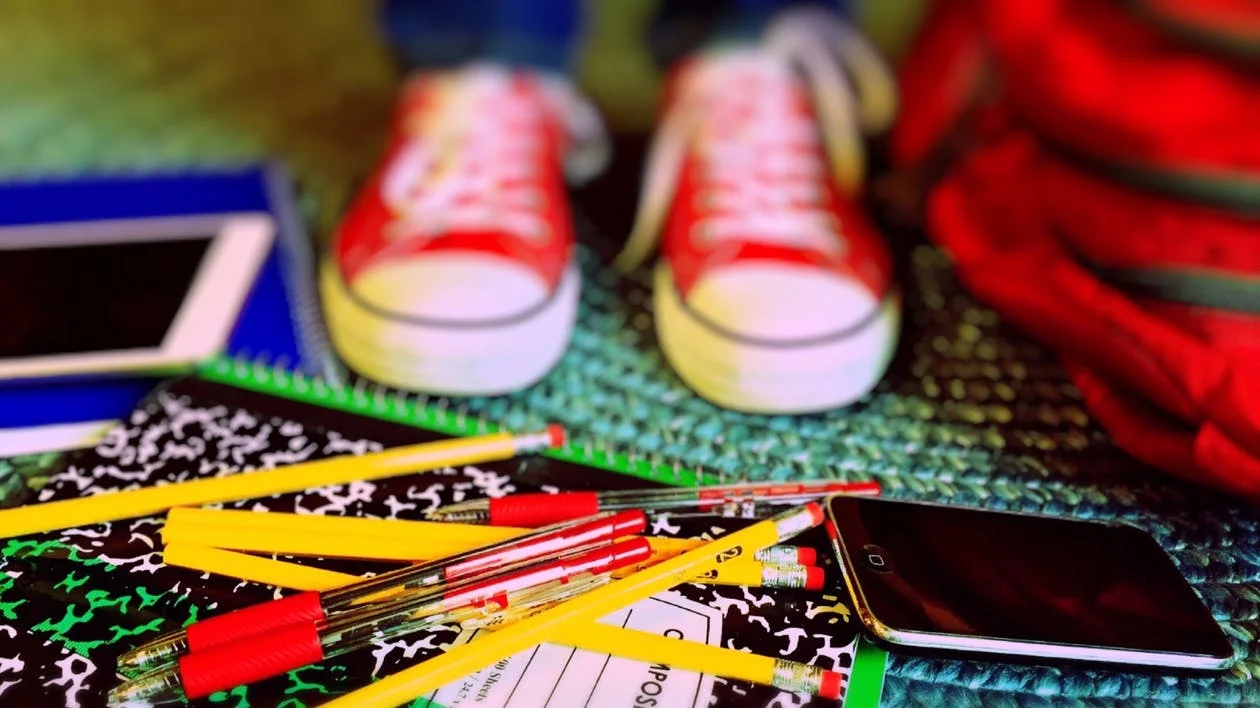REMOTE LEARNING OPTIONS FOR SY 2021-2022 IN MASSACHUSETTS
/Massachusetts Department of Elementary and Secondary School (Herein after “DESE”) is not allowing district to offer extensive remote learning for the 2021-2022 school year. DESE believes students need to be in a classroom with a live teacher to get the most of the education process. There are a few options that parents/guardians may try if they want their student to continue with remote learning for the 2021-2022 school year:
First.
Parents/guardians may enroll their student in one of the two approved Massachusetts virtual school districts. The first is TECCA Connections and the second is Greenfield Academy. TECCA is a tuition-free online public school for grades K to 12. According to TECCA’s website the enrollment period for the first semester is open. They are limited to 2,700 students at a time. Greenfield is also a tuition-free online virtual school. Greenfield promotes itself as a “pioneer of online personalized learning, we empower our educators to tailor learning experiences to each student’s strengths, interests and challenges.” According to Greenfield’s website they do have a waitlist but students are still encouraged to enroll so that they may be entered into a lottery. Please refer to their website for application and lottery deadlines.
Second.
If your student is on a 504 Plan you may be able to request remote learning as an accommodation. This option is mostly for students whose disability prevents them from safely attending school due to the risk of Covid-19 but who may not be confined to their home, they could make a request for an accommodation of remote learning. Remember, just because an accommodation is asked for – it does not mean the district has to agree.
Third.
For those children who are confined to their home or a hospital for 14 days or more and are therefore unable to attend school, they are entitled to an alternative education for as long as their confinement and/or medical condition requires. This may include tutoring and/or remote learning. This is NOT a special education service. Any student in Massachusetts, regardless of whether or not they have an IEP or a 504 plan, may submit this request. If this describes your student then review DESE’s FAQs on this topic found at this link before you submit a home and hospital education request. Find the necessary form as item number two at this link.
Have questions or concerns about your student? Contact us to discuss further:
E.M. Curran Legal LLC
10 Tower Office Park
Suite 314
Woburn, MA 01801
Phone: 781-933-1542
Fax: 781-933-1549














